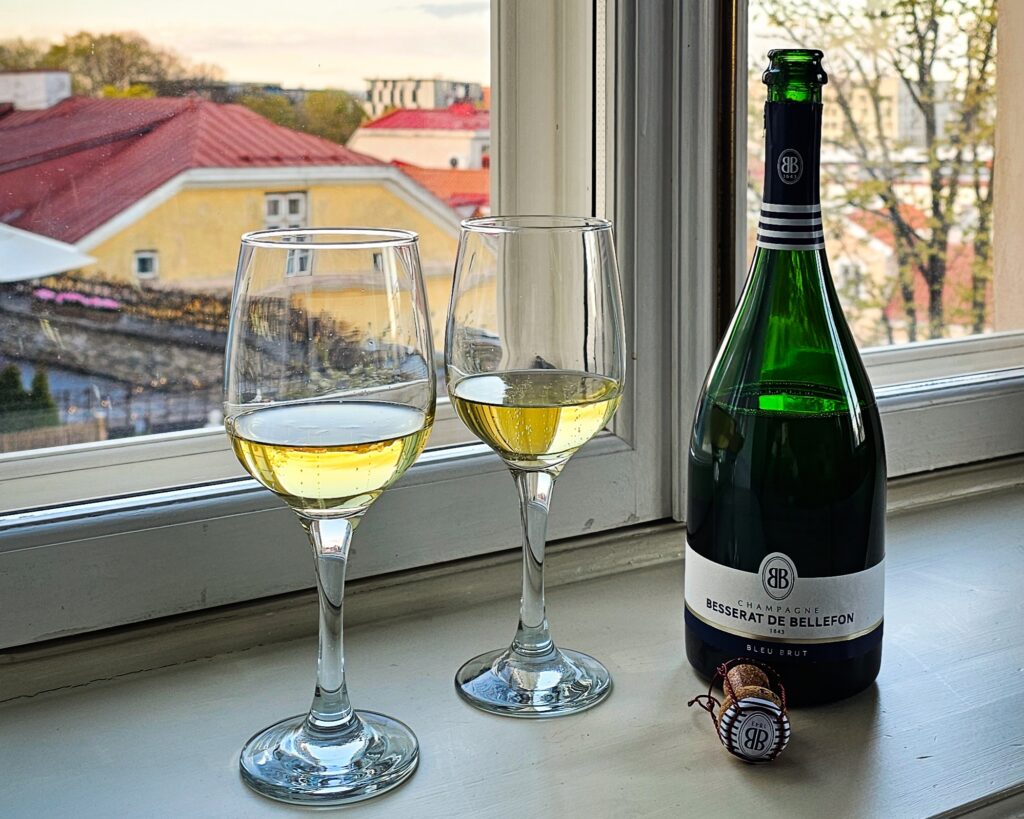If you’re a champagne lover, you might have come across the phrase “no malolactic fermentation.” But what does it actually mean – and why does it matter? Let’s break it down.
What is malolactic fermentation?
Malolactic fermentation (MLF) is a secondary fermentation process used in many wines (including champagne), where the sharp malic acid – the same acid found in green apples – is converted into lactic acid, which is softer and creamier.
This transformation:
- Softens acidity
- Creates a rounder, smoother mouthfeel
- Can add buttery or creamy notes, especially in white wines
MLF is caused by bacteria (not yeast) and is a stylistic choice by the winemaker.
Besserat de Bellefon’s distinctive approach
What sets Besserat de Bellefon apart is their intentional decision to avoid malolactic fermentation in their champagnes. But why?
By skipping MLF, they preserve more of the wine’s natural acidity and freshness, resulting in:
- A brighter, livelier profile
- Greater expression of the grape’s original character
- Enhanced structure and aging potential
This approach aligns with Besserat’s signature light and airy style.
The mousse, not the butter
Besserat champagnes are celebrated for their smooth, creamy, and persistent mousse – the fine bubbles and texture you feel in your mouth.
Thanks to reduced liqueur de tirage and no malolactic fermentation, the mousse remains elegant and refined, without the buttery finish often found in champagnes that undergo MLF.
In Summary
Malolactic fermentation isn’t inherently good or bad – it’s simply one of many tools winemakers can choose to use.
But Besserat de Bellefon has chosen not to use it, to highlight freshness, finesse, and the pure character of their champagne.
If you enjoy vibrant, delicate, and refreshingly crisp champagnes – Besserat’s style might just be your perfect match.
Find Besserat de Bellefon among other good and tried-by-us-personally champagnes in the champagne shop HERE.
